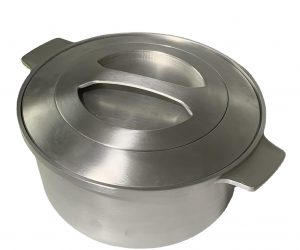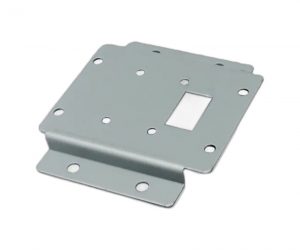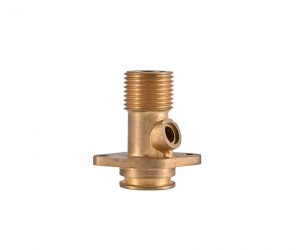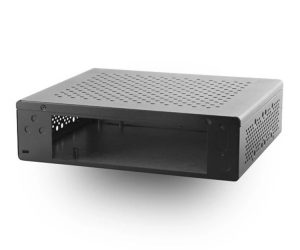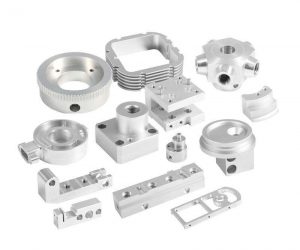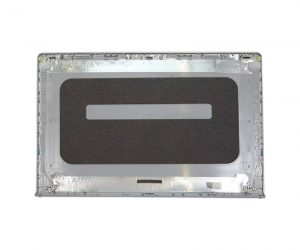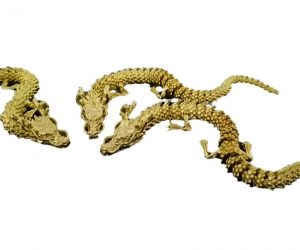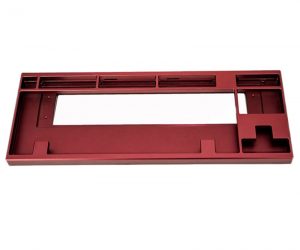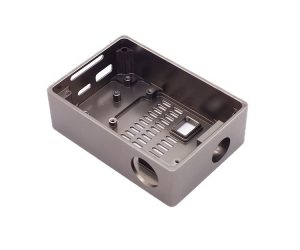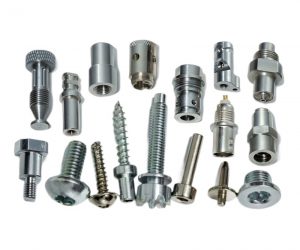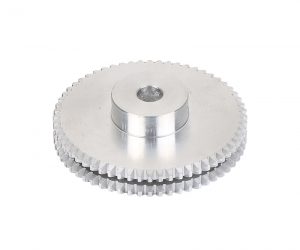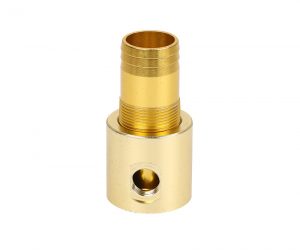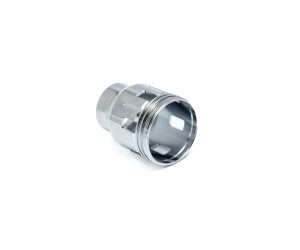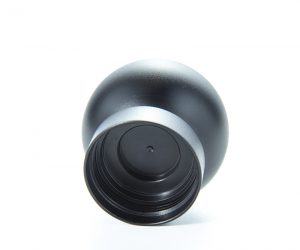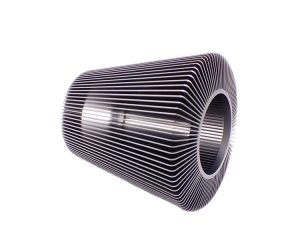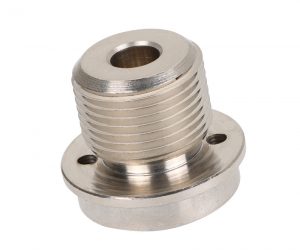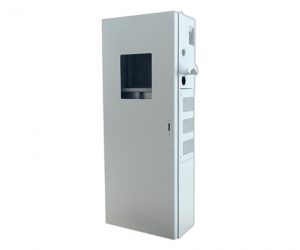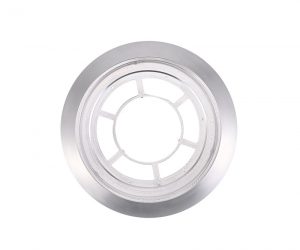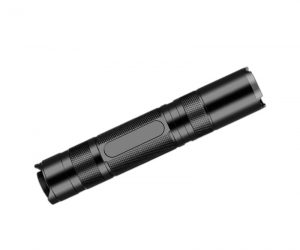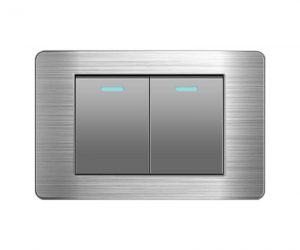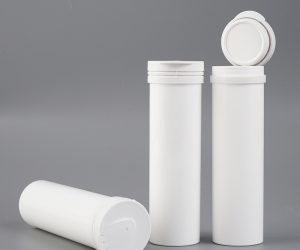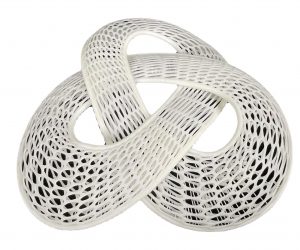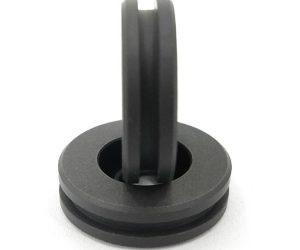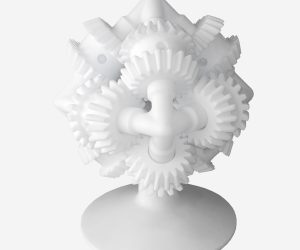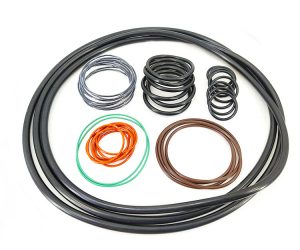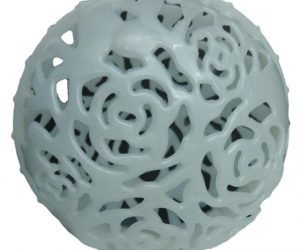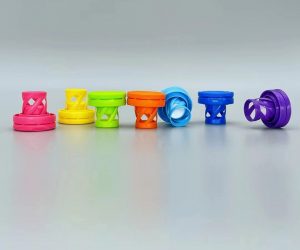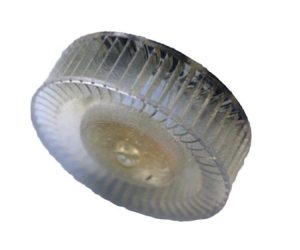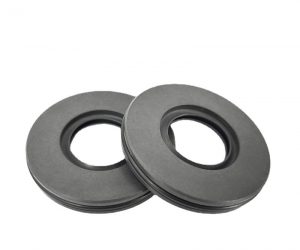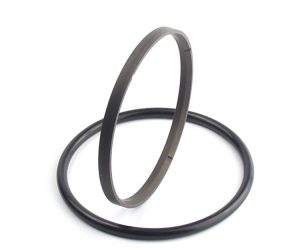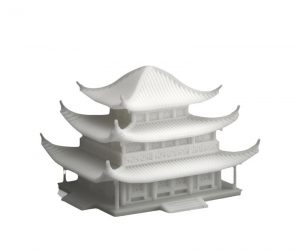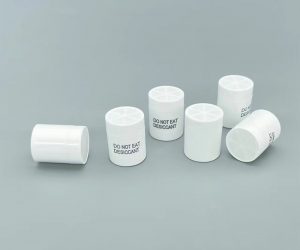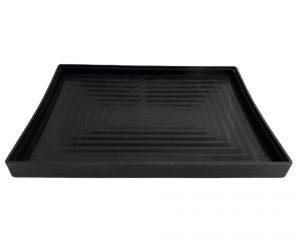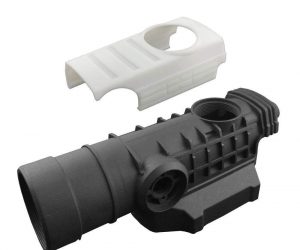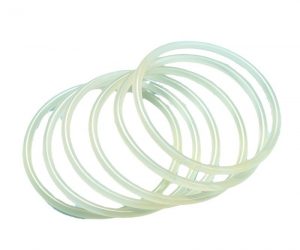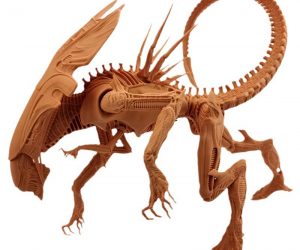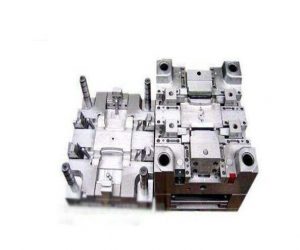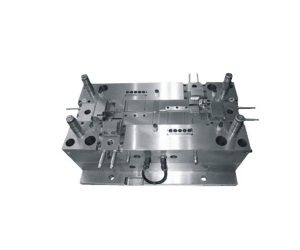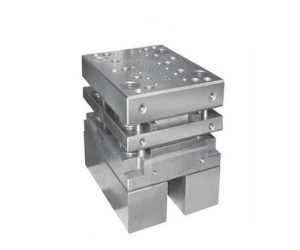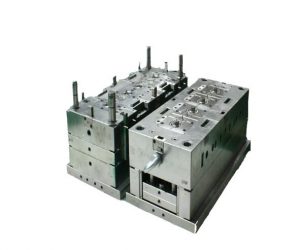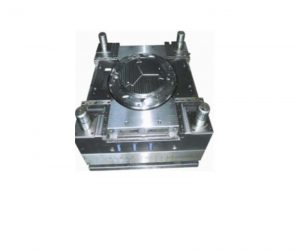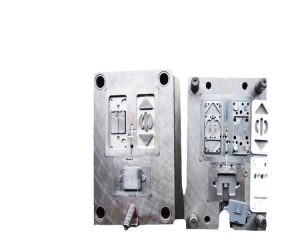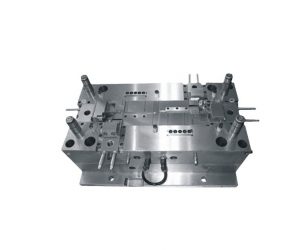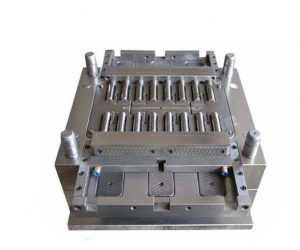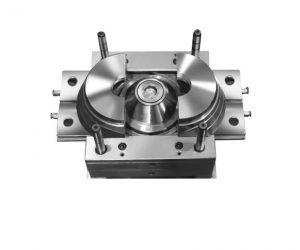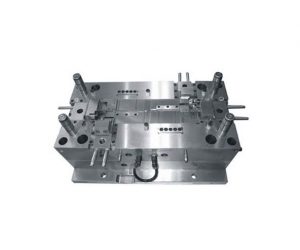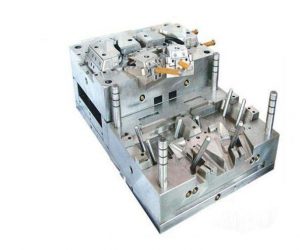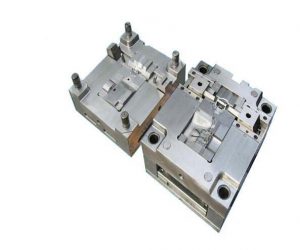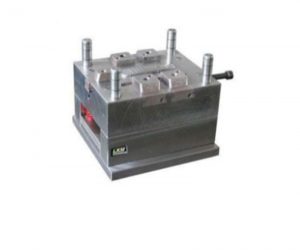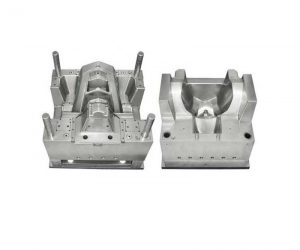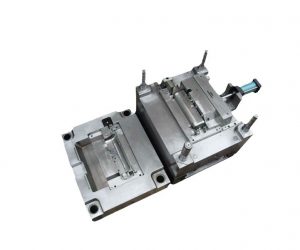The following text explores the intricate dance between advanced techniques, cutting-edge technology, and the almost alchemic skill of the machinist in the high-stakes world of CNC plastic machining. This isn't simply fabrication; it's the creation of precision, a symphony of controlled chaos resulting in components exceeding expectations, from initial prototype to mass production.
I. The Algorithmic Genesis: CNC Machining's Ascent in Plastics
The seemingly mundane act of shaping plastic has undergone a metamorphosis. No longer a process of imprecise molding or rudimentary cutting, the machining of plastics via Computer Numerical Control (CNC) has become a cornerstone of modern manufacturing. Driven by the insatiable demand for innovative, cost-effective, and sustainable solutions, the adoption of CNC machining within the plastics industry isn't merely a trend; it's an evolutionary leap. This exploration delves into the heart of this technological revolution, unveiling the sophisticated techniques, the bleeding-edge machinery, and the indispensable human element that coalesce to produce exceptional results. From the genesis of a design concept to the final, meticulously crafted component, CNC machining offers an unparalleled level of accuracy, consistency, and – crucially – adaptability, fundamentally reshaping how organizations approach plastic fabrication.
II. Deconstructing Precision: The CNC Machining Process for Plastics
The seemingly straightforward act of CNC machining plastics belies a profound complexity. This isn't simply a matter of spinning a bit; it's a highly specialized process demanding a deep understanding of fundamental principles and the subtle nuances of technology. The seamless integration of Computer-Aided Design (CAD) and Computer-Aided Manufacturing (CAM) software isn't merely a convenience; it's the foundation upon which precision is built. The precise control of toolpaths, the optimization of cutting speeds, the almost imperceptible adjustments to machine parameters – these are the elements that separate acceptable results from exceptional ones. Mastering these variables unlocks the transformative potential of CNC machining, consistently yielding high-quality components that meet, and often exceed, the most demanding specifications.
The Choreography of Creation: The CNC Machining Workflow
The CNC machining workflow for plastics is a meticulously orchestrated ballet of digital design and physical execution. The process begins with the translation of abstract design concepts into precise, CAD-based models – digital blueprints of unparalleled detail. These models are then fed into CAM software, a sophisticated translator that generates the intricate toolpaths and machining instructions required to bring the digital design to life. The speed, precision, and inherent repeatability of CNC technology ensure that each machining operation is executed with unwavering accuracy, guaranteeing that every component adheres to the most stringent tolerances. This isn't simply manufacturing; it's the creation of precision on an industrial scale.
III. The Material Alchemy: Selecting Optimal Plastics for CNC Machining
The success of CNC machining is intrinsically linked to the judicious selection of materials. The vast and diverse landscape of plastics – from high-performance engineering plastics and advanced composites to the specialized world of thermoplastics and thermosets – presents a formidable challenge and an unparalleled opportunity. Understanding the nuanced properties, behaviors, and compatibilities of these diverse materials is crucial. The CNC machinist, therefore, isn't merely an operator; they are a material scientist, an engineer, and an artist, selecting the optimal plastic for each application, ensuring the final component exhibits the desired strength, durability, and functionality.
Engineered Plastics: The Vanguard of CNC Machining
At the forefront of this technological revolution stand the advanced engineered plastics. Materials like polyetheretherketone (PEEK) and polyamide (PA), along with cutting-edge composite materials reinforced with fibers or particles, represent the pinnacle of material science. These materials offer a unique blend of mechanical, thermal, and chemical properties ideally suited for the precision and repeatability of CNC machining. The result? Components with unparalleled accuracy, strength, and dimensional stability, pushing the boundaries of what's possible in plastic fabrication. This isn't just progress; it's a paradigm shift.
IV. The Algorithmic Dance of Plastic Machining: Tooling's Crucial Role
The seemingly straightforward act of CNC machining plastics belies a complex interplay of forces, material properties, and algorithmic precision. Success hinges not merely on the selection of tooling, but on a profound understanding of its interaction with the workpiece's inherent chaotic tendencies. High-speed spindles, far from being simple rotary devices, become vectors of controlled chaos, their speeds and feeds meticulously calibrated to avoid thermal runaway, chatter, and the insidious creep of plastic deformation. Tool geometries, far from being static, are dynamically optimized, their cutting edges morphing – conceptually, at least – to navigate the unpredictable yield strength variations within a single polymer batch. Even the humble coolant, a seemingly passive participant, transforms into a crucial element in managing the heat equation, its viscosity and flow rate precisely tuned to prevent both thermal shock and the accumulation of debris that can lead to catastrophic tool failure. The process is less a predictable sequence of events and more a carefully orchestrated dance of controlled instability.
Cutting Tool Design: A Microcosm of Material Science
The design of cutting tools for plastics isn't simply a matter of selecting a suitable material; it's a high-stakes game of material science and predictive modeling. Unlike the relatively predictable wear mechanisms of metal machining, plastic machining introduces a host of unpredictable variables. Tool geometry, far from being a static parameter, must be dynamically adjusted to account for the viscoelastic nature of polymers, their propensity for melting under pressure, and their susceptibility to micro-cracking. The application of advanced coatings, far from being a simple surface treatment, becomes a strategic layer of defense against adhesion, friction, and the unpredictable forces that can lead to premature tool failure. The collaboration between cutting tool manufacturers and machining experts is not a simple exchange of information, but a complex feedback loop, constantly refining and recalibrating the tools to meet the ever-evolving demands of the material.
V. From Abstract Design to Tangible Reality: The CAD/CAM Alchemy
The transition from abstract design to a finished plastic component is not a linear process, but a complex alchemical transformation, mediated by the synergistic power of CAD/CAM software. The CAD model is not simply a visual representation; it is a digital blueprint, encoding not only the geometry but also the inherent stresses, potential weaknesses, and the subtle nuances of the material's behavior under stress. The CAM software, far from being a passive translator, acts as an intelligent intermediary, optimizing toolpaths, feed rates, and spindle speeds to minimize material waste, reduce machining time, and prevent the unpredictable distortions that can plague plastic machining. The integration of these two systems is not a mere technological convenience, but a critical enabler of precision and efficiency, transforming an inherently unpredictable process into one of controlled precision.
CAD/CAM Integration: A Symphony of Algorithms
The heart of efficient plastic CNC machining lies in the seamless integration of CAD and CAM software – a symbiotic relationship that transcends the simple translation of design into machine code. The CAD model, a complex digital representation of the intended part, becomes the raw material for the CAM software, which orchestrates a complex ballet of algorithms to generate optimal toolpaths. This is not simply a matter of generating G-code; it involves sophisticated simulations that predict tool wear, anticipate potential machining errors, and optimize cutting parameters to minimize the inherent unpredictability of the process. The result is not just a finished part, but a testament to the power of computational modeling and the ability to tame the chaotic nature of plastic machining.
VI. The Art of the Possible: Advanced Techniques in Plastic CNC Machining
CNC machining of plastics is far from a standardized process; it's a dynamic field constantly evolving to meet the demands of increasingly complex designs and high-performance materials. The selection of raw materials is not a simple matter of choosing a polymer; it's a strategic decision that considers the material's inherent properties, its response to machining parameters, and its ultimate performance in the intended application. Optimization of cutting parameters is not simply a matter of trial and error; it's a sophisticated process that leverages real-time feedback and advanced control algorithms to ensure consistency and efficiency. The implementation of advanced quality control measures is not a mere formality; it's an integral part of the process, ensuring the delivery of parts that meet the most stringent quality standards.
Advanced Techniques: Navigating the Unpredictable
The relentless pursuit of innovation in plastic CNC machining has led to the development of advanced techniques that push the boundaries of what's possible. Sophisticated tool-changing mechanisms allow for seamless transitions between different tools and cutting strategies, minimizing downtime and maximizing efficiency. The optimization of feed rates and spindle speeds is not a static process, but a dynamic one, constantly adapting to the changing conditions of the machining process. In-process measurement and real-time monitoring provide crucial feedback, allowing for immediate corrections and preventing the accumulation of errors that can lead to part rejection. These advanced techniques are not merely incremental improvements; they represent a fundamental shift in the way we approach the inherently unpredictable nature of plastic machining.
VII. The Pursuit of Perfection: Quality Assurance in Plastic CNC Machining
The pursuit of quality in plastic CNC machining is not a passive activity; it's an active, ongoing process that permeates every stage of production. Rigorous inspection protocols, far from being a simple checklist, are sophisticated systems designed to detect subtle defects and ensure dimensional accuracy. Advanced metrology techniques, including coordinate measuring machines (CMMs) and optical scanners, provide precise measurements and detailed analysis of the finished parts. Comprehensive quality management systems, far from being bureaucratic hurdles, are dynamic tools that enable continuous improvement and proactive identification of potential problems. The goal is not simply to meet specifications, but to exceed them, delivering parts that represent the pinnacle of precision and reliability.
Metrology and Statistical Process Control: Taming the Chaos
The cornerstone of quality assurance in plastic CNC machining is the strategic deployment of sophisticated metrology tools and statistical process control (SPC) methods. CMMs and optical scanners provide precise, quantitative data on the dimensional accuracy and surface finish of the parts, allowing for immediate identification and correction of any deviations from the specifications. SPC methods, such as control charting and process capability analysis, provide a powerful framework for monitoring and controlling the machining process, proactively identifying and addressing potential sources of variation before they can impact the quality of the final product. This is not simply a matter of detecting defects; it's a proactive approach to preventing them, transforming an inherently unpredictable process into one of predictable excellence.
VIII. Industrial Symbiosis: CNC Machining's Unforeseen Ripple Effects
The pervasive influence of CNC machining on the plastics industry transcends mere fabrication; it constitutes a catalyst for intricate industrial symbiosis. Its impact reverberates across sectors, from the life-sustaining precision of medical technology and the ubiquitous presence in consumer electronics, to the demanding exigencies of aerospace and the high-volume production demands of automotive manufacturing. This isn't simply about creating parts; it's about enabling a paradigm shift, fostering innovation at an unprecedented scale, and driving the emergence of previously unimaginable products and solutions. The very architecture of modern industry is being subtly, yet profoundly, reshaped.
CNC Machining's Vital Role in Biomedicine
The medical sector serves as a microcosm of CNC machining's transformative power. The creation of intricate, biocompatible components – often with tolerances measured in microns – is no longer a theoretical aspiration but a daily reality. This precision, coupled with the inherent repeatability and adaptability of CNC technology, allows for the fabrication of devices that meet not only stringent regulatory demands but also the unpredictable complexities of the human body. This isn't just about improving healthcare; it's about extending life itself.
IX. The Algorithmic Green: Sustainability's Algorithmic Embrace
The global imperative for environmental responsibility has initiated a profound recalibration within the CNC machining industry. The simplistic notion of "green manufacturing" has evolved into a complex interplay of algorithmic optimization, material science breakthroughs, and a fundamental rethinking of the entire production lifecycle. This isn't merely about reducing waste; it's about integrating sustainability into the very DNA of the manufacturing process. The adoption of closed-loop systems, the exploration of bio-based polymers, and the integration of predictive analytics for resource optimization are not merely trends; they are existential necessities.
Circular Economy: A Closed-Loop Revolution
The circular economy is no longer a theoretical ideal; it's a practical imperative driving the evolution of CNC machining. The transition necessitates a holistic approach, encompassing closed-loop recycling programs, meticulous material optimization, and the strategic integration of additive manufacturing techniques to minimize waste generation. This isn't just about reducing environmental impact; it's about creating a self-sustaining ecosystem of production and consumption.
X. Economic Tectonics: Productivity's Seismic Shift
The economic impact of CNC machining extends far beyond simple cost reduction. It represents a seismic shift in productivity, fundamentally altering the dynamics of supply chains and product development lifecycles. The ability to rapidly translate design concepts into tangible, high-performance components provides a significant competitive advantage, fostering agility and responsiveness in an increasingly volatile market. This isn't merely about efficiency; it's about achieving a state of dynamic equilibrium between innovation and profitability.
Reshaping the Manufacturing Paradigm
The core of CNC machining's economic influence lies in its ability to streamline the entire manufacturing workflow. The speed, precision, and repeatability of CNC technology allow for rapid prototyping, rigorous testing, and the efficient delivery of finished products that exceed expectations. This isn't just about reducing costs; it's about fundamentally reshaping the manufacturing paradigm.
XI. The Singularity of Manufacturing: A Future Forged in Algorithms
The future of CNC machining in plastics is not a linear progression but a convergence of exponential technologies. The integration of advanced sensors, AI-driven predictive maintenance, and autonomous robotic systems will redefine the limits of manufacturing precision, efficiency, and sustainability. This isn't simply about incremental improvements; it's about a fundamental transformation of the manufacturing landscape. The next generation of CNC machining will be characterized by its self-learning capabilities, its predictive power, and its seamless integration into a globally interconnected ecosystem of production.
Emerging Trends: A Convergence of Forces
The future will be defined by the convergence of cloud computing, advanced materials science, and the seamless integration of data analytics. This confluence of technologies will unlock unprecedented levels of efficiency, collaboration, and real-time feedback, accelerating innovation and delivering solutions that were previously unimaginable. This isn't just about progress; it's about a paradigm shift in manufacturing, driven by the relentless pursuit of perfection.
XII. Conclusion: CNC Machining of Plastics – A Revolution in Modern Manufacturing
In the current manufacturing environment, CNC machining of plastics has become a game-changer, enabling businesses in a wide range of sectors to convert their design ideas and client specifications into tangible, superior plastic parts and components. By fusing the accuracy and consistency of cutting-edge CNC technology with the profound knowledge and unwavering commitment of knowledgeable experts, plastic CNC machining companies have revolutionized the production of these adaptable materials, producing goods that not only meet but surpass their customers' expectations.
Even more ground-breaking developments and innovations are anticipated in the future as the CNC machining sector develops, which will expand the capabilities and uses of this amazing manufacturing technique. The CNC machining of plastics is positioned to play a significant role in defining the products and experiences of the future, pushing the envelope of what is feasible and redefining the very essence of modern manufacturing excellence, from the integration of cutting-edge technologies to the investigation of sustainable, eco-friendly practices.
Preguntas frecuentes
1. What are the fundamental principles behind the CNC machining of plastics?
The intricate and highly specialized manufacturing process at the heart of CNC machining of plastics necessitates a thorough comprehension of the underlying concepts and technologies. Manufacturers can fully realize the potential of this game-changing technology and reliably produce high-quality plastic parts and components by exploring the foundations of CNC machining, such as the integration of computer-aided design (CAD) and computer-aided manufacturing (CAM) software, the precise control of tool paths and cutting speeds, and the optimization of machine parameters. The process of CNC machining plastics is a painstakingly planned one that starts with the conversion of design ideas into intricate CAD-based models. These models are then smoothly incorporated into CAM software to produce the exact machining instructions needed to create the desired plastic parts.
2. What types of plastic materials are best suited for CNC machining applications?
The success of CNC machining in the plastics industry is inextricably linked to the careful selection and optimization of the materials used in the manufacturing process. From high-performance engineering plastics and advanced composites to specialty thermoplastics and thermosets, the vast array of plastic substances available to CNC machinists offers a wealth of opportunities to tailor the fabrication process to the unique requirements of each application. By deeply understanding the properties, behavior, and compatibility of these diverse plastic materials, CNC machining experts are able to identify the optimal choices for a given project, ensuring the production of parts and components that exhibit the desired levels of strength, durability, and functionality. At the forefront of the CNC machining revolution in plastics stand the advanced, engineered plastic materials that have been specifically designed to excel in this specialized manufacturing environment.
3. What role do specialized tooling and cutting equipment play in the CNC machining of plastics?
The successful implementation of CNC machining in the plastics industry is heavily dependent on the selection and deployment of specialized tooling and cutting equipment that is optimized for the unique properties and behavior of these materials. From high-speed spindles and advanced tool geometries to specialized coolants and lubrication systems, the CNC machining of plastics requires a nuanced approach to equipment selection and process optimization to ensure the consistent production of parts and components that meet the most stringent quality standards. At the heart of the CNC machining process for plastics lies the critical role played by cutting tools, which must be specifically designed and engineered to account for the unique characteristics of these materials, with a focus on tool geometry, material properties, and cutting parameters to achieve the desired levels of accuracy, surface finish, and part integrity.
4. How do CNC machining experts ensure the quality and consistency of plastic parts?
Integral to the success of CNC machining in the plastics industry is the relentless pursuit of quality assurance, with manufacturers implementing rigorous inspection protocols, advanced metrology techniques, and comprehensive quality management systems to ensure the consistent production of parts and components that meet or exceed the most stringent specifications.

